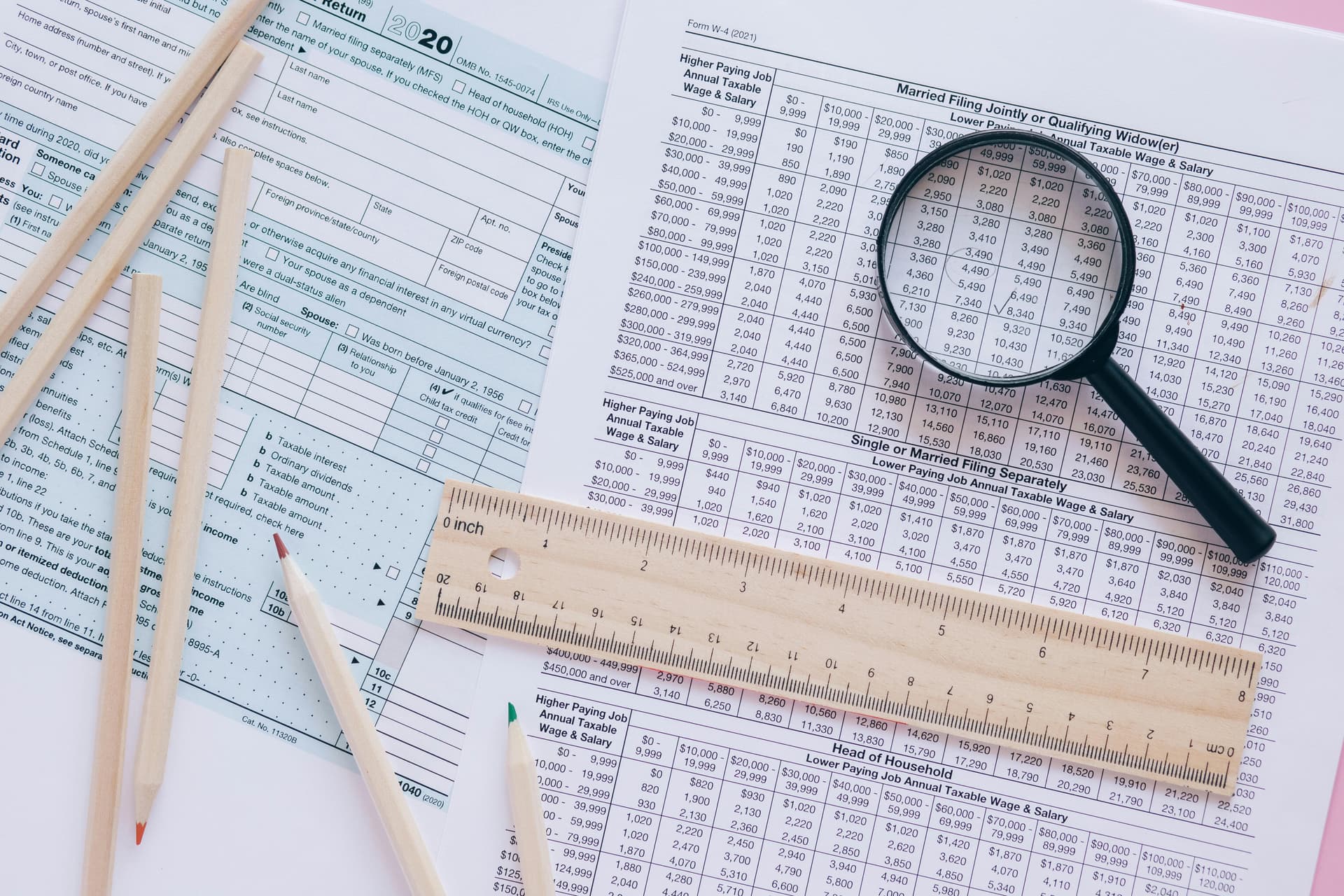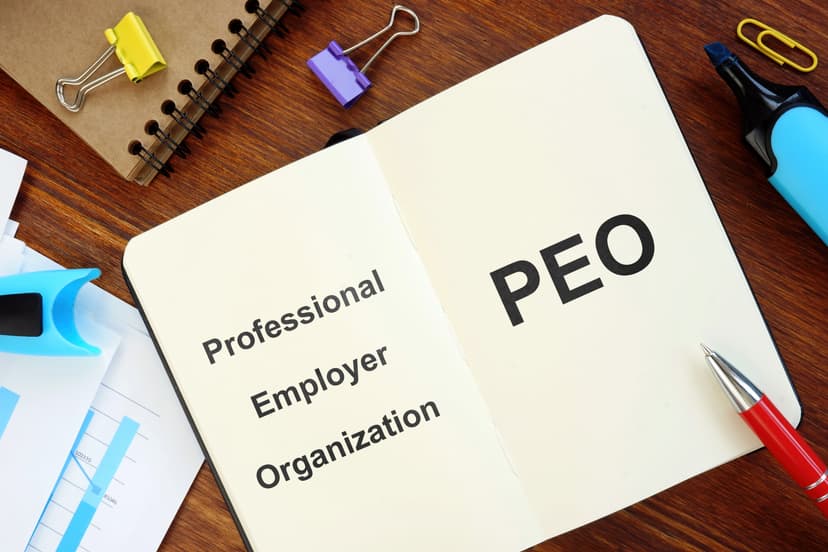Executive Summary

What is E-Invoicing?
E-invoicing is the exchange of invoices in a structured digital format (think XML/JSON) that software can read and process end-to-end. It’s not a PDF attached to an email. The data is structured; systems can validate tax IDs, totals, and required fields, then route and post the invoice automatically. That means fewer keystrokes, fewer errors, faster approvals, and better status visibility for both sides.
The U.S. Federal Reserve frames e-invoicing as a key step toward “straight-through processing” for B2B payments, cutting manual touches and supporting multinational compliance. In short: cleaner data in, cleaner payables out, and a better audit trail when regulators or auditors come calling.
Where Rules Are Changing
United States: No federal B2B mandate, momentum is building
The U.S. doesn’t have a national e-invoicing mandate for B2B today. Still, the Federal Reserve and industry groups have piloted an e-invoice exchange framework to drive interoperability, and public-sector initiatives continue to push electronic options. For U.S. companies operating globally, the punchline is simple: you may not be required to e-invoice domestically, but you’ll need to comply abroad, so readiness is a global requirement, not a “Europe problem.”
Europe (EU): ViDA opens the door
The EU’s “VAT in the Digital Age” (ViDA) package, adopted on March 11, 2025, enables member states to require B2B e-invoicing and digital reporting, with phased rollout through the next decade. The European Commission expects e-invoicing and digital reporting to reduce VAT fraud and lower administrative costs for businesses. Practically, this means more countries will set technical rules (often aligned to EN 16931) and timelines you’ll need to follow.
Germany: 2025 readiness, phased B2B mandate
Germany makes e-invoicing the default from January 1, 2025. From that date, an “electronic invoice” must be structured (EN 16931)—a plain PDF no longer counts—and every business must be able to receive these invoices. Issuing is phased: relief runs through 2026 (through 2027 for small taxpayers), then issuing becomes mandatory in 2027 for businesses with $850k turnover and in 2028 for everyone else. There’s no national clearance portal; invoices can be exchanged by email, portals, APIs, or Peppol if both parties agree.
India: Mandate already in effect for mid-sized+ companies
India requires e-invoices for registered taxpayers above $600k turnover via the Invoice Registration Portal (IRP). You upload invoice data (JSON) to the IRP and receive a digitally signed JSON with an IRN and QR — this signed JSON/IRN is the official record; many companies also share a PDF that simply embeds the QR for readability. From April 1, 2025, the 30-day upload limit applies only to taxpayers with AATO ≥ $1.2M. India uses a clearance model, so an invoice is valid only after the IRN/QR is issued, and these rules apply to taxpayers who meet the thresholds (not every transaction that merely “touches” India).

An increasing number of countries now require e-invoices for official records. (Source: Pexels)
Why Finance, HR, and Founders Should Care
- Faster payments and fewer errors. Structured invoice data reduces mismatches and manual entries, which speeds approvals. Finance teams get cleaner ledgers and lower exception rates.
- Audit-ready records. E-invoicing comes with built-in validations (tax IDs, required fields) and better traceability, which helps during audits and VAT/GST checks. The EU specifically ties these reforms to fraud reduction and lower admin costs, translating to less time spent firefighting.
- Better employee experience. Expenses and reimbursements benefit from the same structured data, fewer delays, and less back-and-forth on missing fields or tax details.
- Scale with confidence. If you plan to open entities or sell cross-border, getting your invoice data model right (formats, transport, validations) is a one-time lift that pays off across countries.

E-invoices are faster, more accurate, and less prone to errors compared to traditional manual record-keeping. (Source: Pexels)
Where Niural Helps
Niural brings e-invoicing into the same system you already use for expenses, global payroll, and vendor payments, so finance doesn’t juggle multiple tools for AP automation, multi-currency payouts, and compliance. Practically, that means:
- Local formats without the busywork. Support for local standards, plus the ability to route data to the right entity and tax workflow.
- One place for payables and payments. Send B2B payments in local currency, reconcile automatically, and keep a clean audit trail alongside payroll and reimbursements.
- Policy and controls built in. Duplicate detection, tax ID checks, and role-based approvals help you ship invoices confidently across markets.
The outcome: a lighter lift for finance teams, fewer delays for employees and vendors, and a clearer path to comply with EU and India requirements while you keep scaling in the U.S. (and beyond).
E-invoicing is moving from “nice to have” to “expected,” and in many countries, it is required. Even without a U.S. mandate, global operations make readiness unavoidable. The teams that prepare now, by aligning formats, choosing the right rails, and piloting with key partners, will save time, pass audits, and protect cash flow as rules tighten in 2025–2026. With the right platform and a simple playbook, you’ll stay compliant, close the books faster, and scale with fewer surprises.



